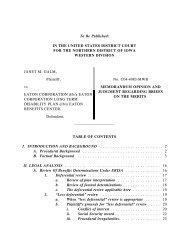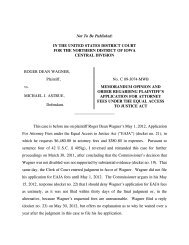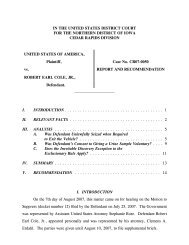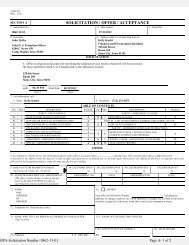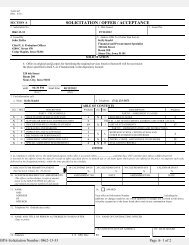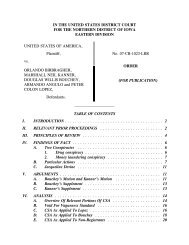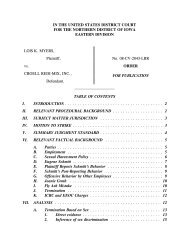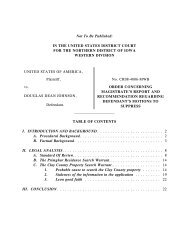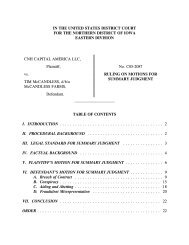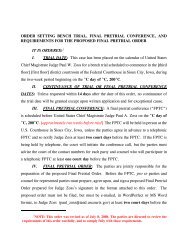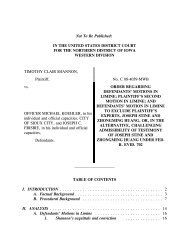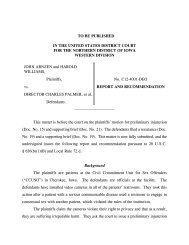To Be Published - Northern District of Iowa
To Be Published - Northern District of Iowa
To Be Published - Northern District of Iowa
You also want an ePaper? Increase the reach of your titles
YUMPU automatically turns print PDFs into web optimized ePapers that Google loves.
York Securities and Samson could enforce the margin agreement, and the arbitration<br />
provision contained therein, against the Nesslages, even though York and Samson were<br />
not parties to the margin agreement.” Id. The appellate court did not state that it was<br />
affirming the district court’s determination, but on different grounds and as a matter <strong>of</strong><br />
law; rather, the appellate court simply affirmed the district court’s determination. Id.<br />
Moreover, in explaining, further, that the introducing broker and its agent were<br />
agents <strong>of</strong> the clearing broker and third-party beneficiaries <strong>of</strong> the agreement between the<br />
customer and the clearing broker, the appellate court relied on three fact-driven cases, two<br />
finding that an introducing broker could enforce an agreement between a customer and a<br />
clearing broker and one finding that the introducing broker could not enforce such an<br />
agreement. In Okcuoglu v. Hess, Grant & Co., 580 F. Supp. 749 (E.D. Pa. 1984), the<br />
first decision relied on by the court in Nesslage, the district court stated that whether the<br />
parties had an agreement to arbitrate “‘depends upon the intent <strong>of</strong> the parties as it appears<br />
from the language used, its context within the instrument, and the circumstances<br />
surrounding its formation and execution.’” Okcuoglu, 580 F. Supp. at 750 (quoting Bruno<br />
v. Pepperidge Farm, Inc., 256 F. Supp. 865, 868 (E.D. Pa. 1966)). The court noted that,<br />
“[e]ssentially, the court must determine whether there was a clear meeting <strong>of</strong> the minds<br />
on the issue,” and that the “lynchpin <strong>of</strong> the analysis” was “whether the facts and<br />
circumstances surrounding the formation and execution <strong>of</strong> the document demonstrate that<br />
there was mutual assent to arbitration.” Id. The court found that the customer agreement<br />
between the investor and the clearing broker, which contained an arbitration clause, was<br />
not signed by the introducing broker’s representatives, but nevertheless, “unquestionably,<br />
by their conduct all parties adopted the terms there<strong>of</strong> governing the relationships.” Id.<br />
Furthermore, the court explained,<br />
5



